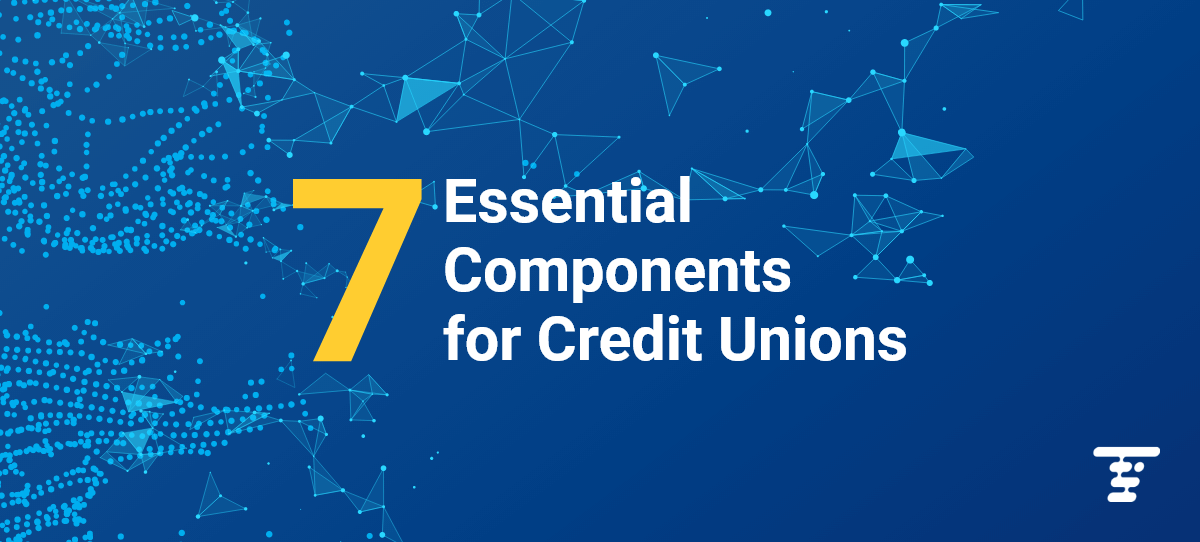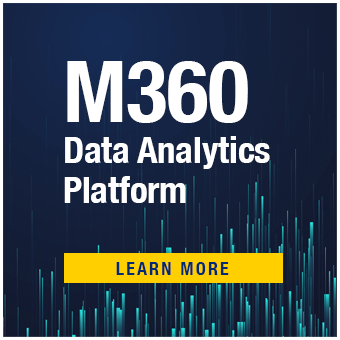Managing your data takes work. Just because you have data does not mean it is the correct data. You must make sure that you have useful data to inform the rest of your operations. People who are good at managing data are usually those who like having structure and disciplined processes that others will support. These are the people you want on your team to ensure you have data you can count on. If you can’t count on your data, it will not produce useful insights for reporting and business decisions.
Building data you can rely on means following a good data management framework. Data infrastructures built on sound management principles yield reliable data. This useful data, if used correctly, leads to engaged members who trust their credit union and want to do more business with you. Plus, you need to have reliable data when you are submitting reports to regulatory bodies and mitigating risks.
A data management framework has many components to it. All the parts complement each other and work together as a whole. Missing a component will cause issues. The following is a brief description of all the elements of a data management framework. We will delve into each component separately in future blog posts.

What Are the 7 Components of a Data Management Framework?
- Data Governance: Data Governance provides the overarching support to data management through stewardship, policies, processes, standards, and adherence to leading practices.
- Data Architecture: Data Architecture provides the infrastructure for the storage, integration, and use of data throughout the organization.
- Metadata: Metadata allows you to use data more efficiently by providing critical information about data attributes.
- Data Quality: Data Quality provides the structure necessary to have data that fulfills the needs of the business.
- Data Lifecycle: The Data Lifecycle follows the data throughout the company, providing integrity from the initial introduction into the company through the final deletion from the company.
- Analytics: Analytics applies statistical and visualization techniques that lead to valuable insights that can help the company make better business decisions.
- Data Privacy: Data Privacy supports the needs of the business to share data internally and externally.

Where are you on your data journey? We would love to partner with you no matter where you are. Contact us or visit us at www.trellance.com/data. Stay up to date by subscribing to our educational blog.










